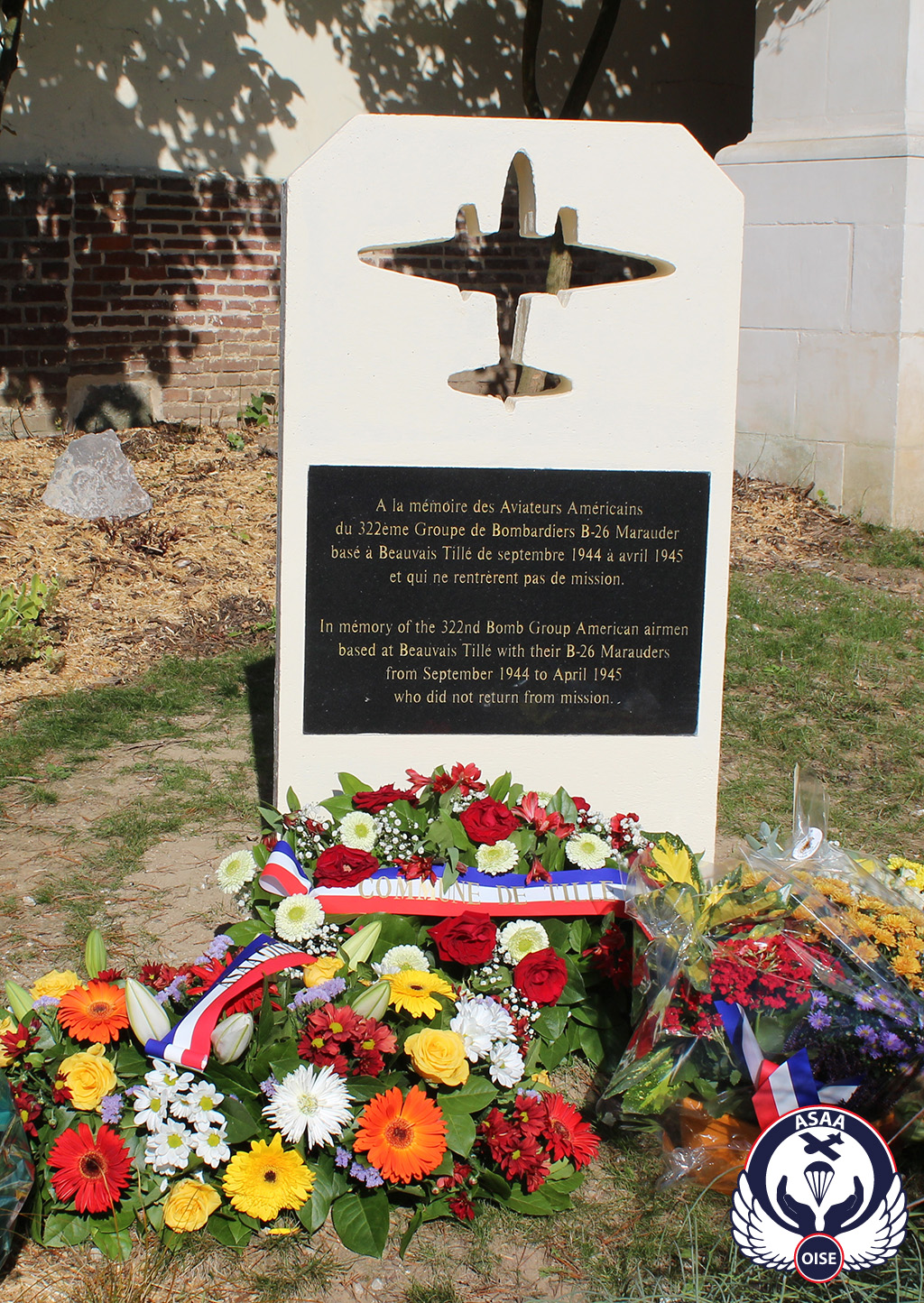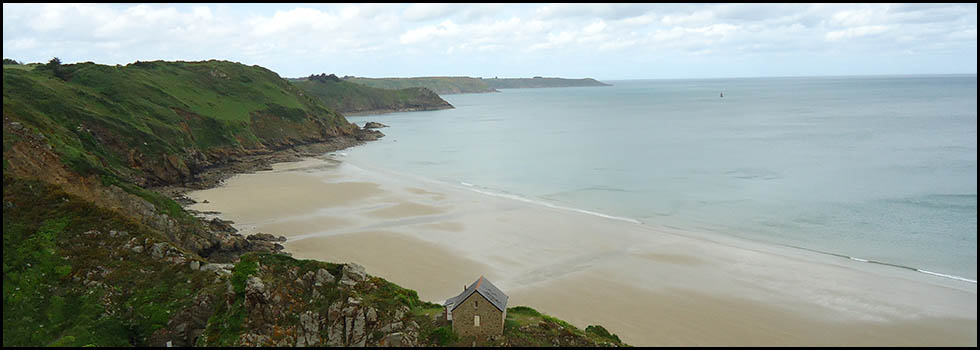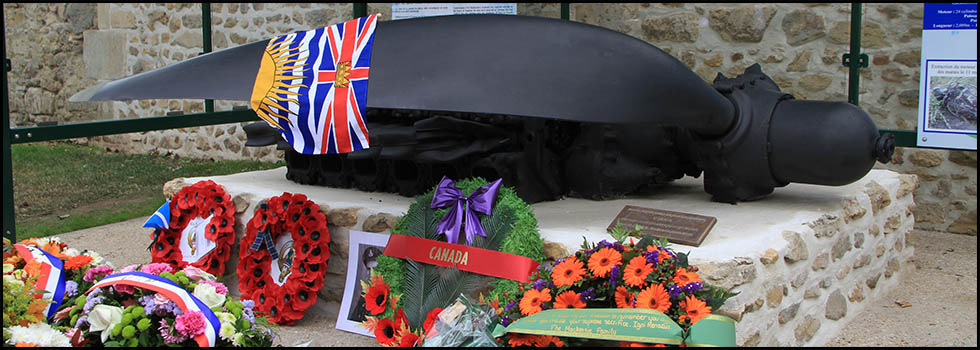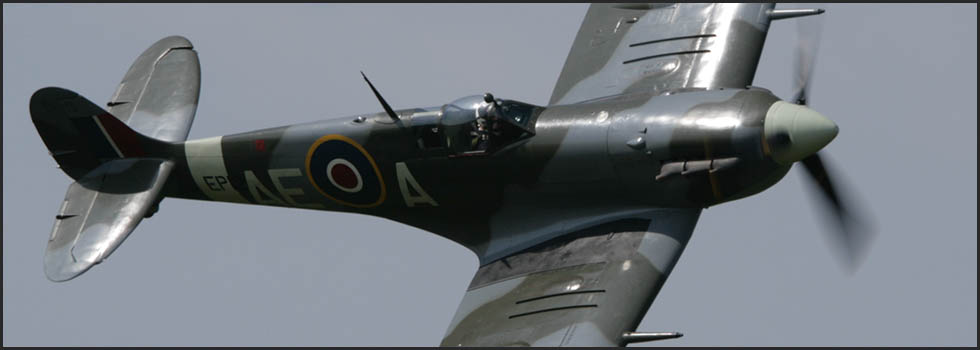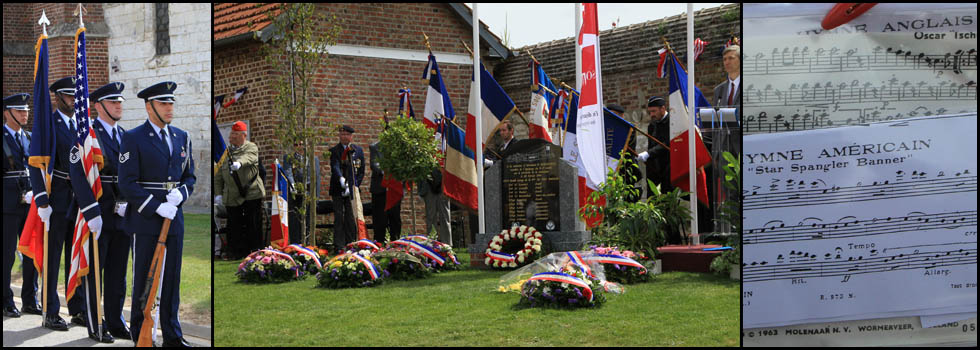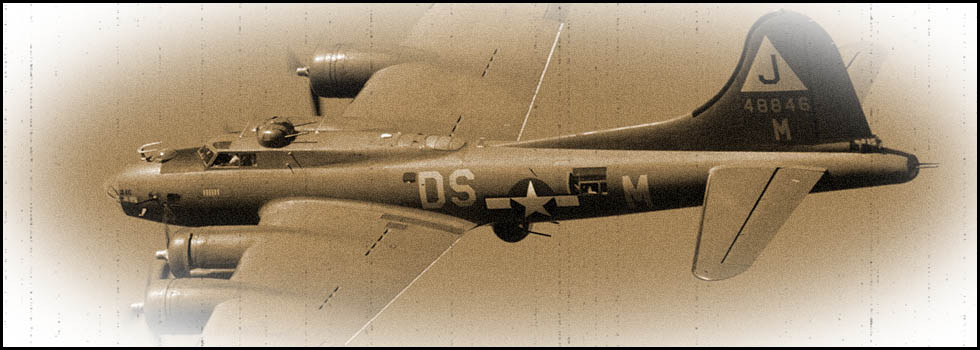March 18, 1945
Mid-air collision of three B-26s "Marauder"
# 43-34409
# 43-34422
# 43-34155
322nd Bomb. Group
451st Bomb. Squadron
9th Air Force
Goincourt (Oise)
Copyright © 2025 - Association des Sauveteurs d'Aviateurs Alliés- All rights reserved -
En français ![]()
March 1945
Our region was liberated by the Allied Armies after four years of Occupation, but in Europe the war was still not over.
The enemy, who had retreated, still held on to the pockets of Royan, Saint-Nazaire, Lorient and Dunkirk.
The main focus of the fighting was now on Reich territory. Since March 7, American troops had crossed the Rhine at Remagen, and a major Allied offensive was being prepared to occupy the Ruhr in a Germany that still refused to surrender.
As soon as our region was liberated, the American Air Force moved to bases previously occupied by the Germans, to be closer to the front. In September 1944, the 322nd Bomb. Group, 9th Air Force, equipped with B-26 “Marauder” medium bombers, took over Beauvais-Tillé, an airfield it had previously bombed on several occasions when occupied by the Luftwaffe.
Based in encampments on the outskirts of the airfield, all personnel not only had to face the enemy on home soil, but also had to battle the extreme temperatures and snow of that terrible winter of 1944/1945.
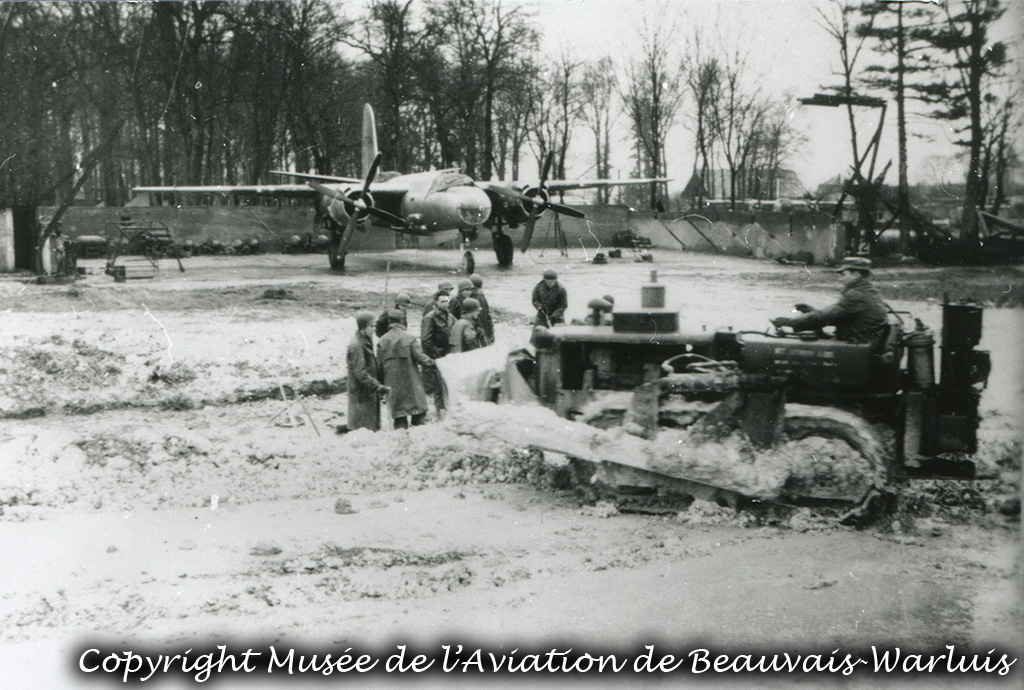
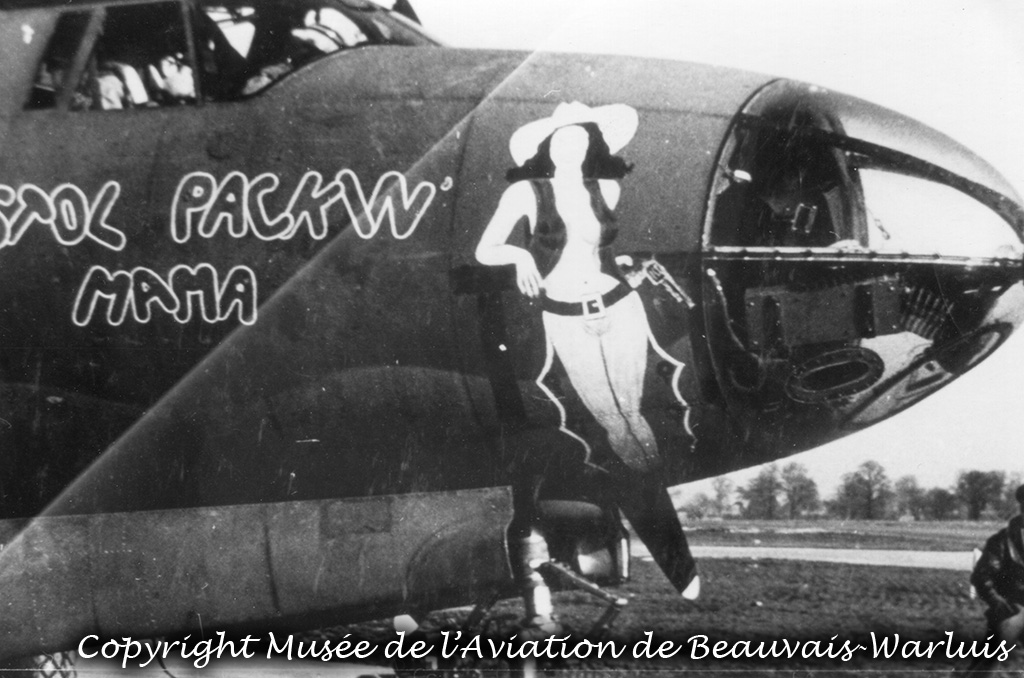
March 17, 1945
St. Patrick's Day ! For some of them, who were of Irish origin, it was an opportunity to celebrate in town or on leave in Paris. Meanwhile, the war continued. There was no question of the Command granting itself a truce. With the weather forecast to be favorable, a mission was already announced for the following day.
In the Operations Office, the officer of the 451st Bomb. Squadron, due to the number of airmen on leave, was busy drawing up an improvised list of twelve crews for a bombing mission over the German town of Bad Dürkheim.
The Command appointed 1st Lt. Alex Cordes as the formation's lead pilot. His crew would consist of a total of seven men, as opposed to the usual six.
March 18, 1945
After an early-morning briefing outlining the various aspects of the mission, the crews climbed into their aircraft, loaded with almost two tons of bombs.
At around 8:00 a.m., the B-26s “Marauder” of the 322nd Bomb. Group headed for the runway.
A green flare gave the order to take off. One by one, every thirty seconds, the aircraft took off into the clear, sunny sky, gathering in groups of six around 1st Lt. Cordes' lead aircraft. This formation phase was one of the most critical moments of the mission.
At an altitude of 1,000 feet, while making a wing turn over the village of Goincourt, the B-26 of 1st Lt. Cordes was suddenly struck by that of 2nd Lt. Shettles. Literally split in two, loaded with fuel and bombs, Lt. Cordes' aircraft exploded in a fraction of a second.
A 3rd aircraft, piloted by 1st Lt. Lester Barton, was caught in the blast. At too low an altitude and losing control, the aircraft crashed to the ground, killing all on board.
The crews :
B-26 # 43-34409
|
1st Lt. Alexander O. CORDES |
Pilot |
California |
|
|
2nd Lt. Roy L. RICE Jr |
Co-pilot |
21 |
Michigan |
|
Capt. George A. SNOKELBURG |
Navigator |
26 |
Wichita, Texas |
|
2nd Lt. Wesley M. MYERS |
Bombardier |
29 |
Burbank, California |
|
T/Sgt. Thomas B. COLLEY |
Radio-operator |
24 |
New Orleans, Louisiana |
|
S/Sgt. Jack L. CALLAWAY |
Engineer |
24 |
Houston, Texas |
|
S/Sgt. Jack E. FOX |
Tail gunner |
20 |
Bennett, Colorado |
B-26 # 43-34422
|
2nd Lt. James A. SHETTLES |
Pilot |
25 |
New Albany, Mississipi |
|
2nd Lt. Lawrence F. WATSON Jr |
Co-pilot |
21 |
Spartanburg, South Carolina |
|
2nd Lt. Victor CASTON |
Bombardier |
22 |
Los Angeles, California |
|
Sgt. Frank WITTIG |
Radio-operator |
25 |
South Union, Kentucky |
|
Sgt. Joe F. PRATT |
Engineer |
24 |
Mineral Wells, Texas |
|
Sgt. James J. FOLLEY Jr |
Tail gunner |
20 |
Chesson, Alabama |
B-26 # 43-34155
|
1st Lt. Lester E. BARTON |
Pilot |
26 |
Worthington, Alabama |
|
2nd Lt. Ernest L. MOFFIT Jr |
Co-pilot |
24 |
Pawtucket, Rhode Island |
|
2nd Lt. John W. REGMUND Jr |
Bombardier |
20 |
Corpus Christi, Texas |
|
Sgt. Manuel S. ESCAMILLA |
Radio-operator |
20 |
Laredo, Texas |
|
Sgt. John W. TEMPLETON |
Engineer |
27 |
Wellington, Texas |
|
Sgt. Thomas E. LAMB |
Tail gunner |
20 |
Grosse Pointe, Michigan |
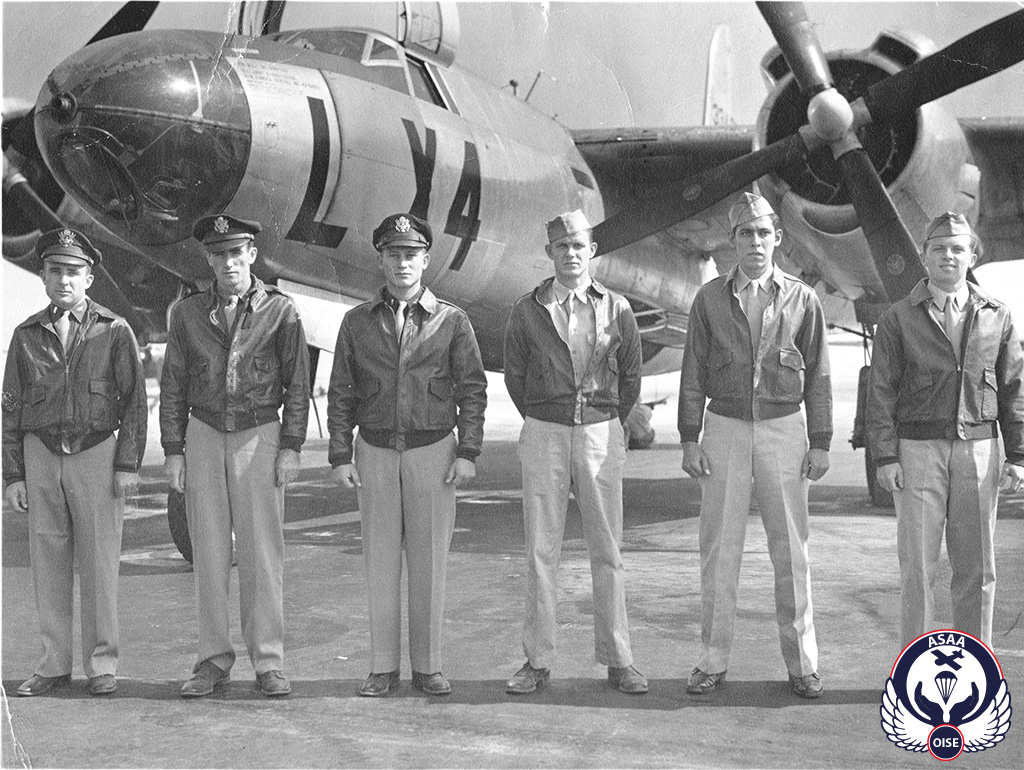
Lester E. Barton, Ernest L. Moffit Jr, John W. Regmund Jr, John W. Templeton, Manuel S. Escamilla, Thomas E. Lamb
Miraculously protected by the armor plate of his seat, only 1st Lt. Cordes, after being literally ejected from his aircraft, managed to activate his parachute in extremis and hit the ground hard, simply spraining an ankle.
The collision of the three aircraft and the loss of the lead aircraft did not, however, result in the cancellation of the mission. The remaining B-26s joined other squadrons and headed for their target in Germany.
This appalling tragedy took the immediate lives of 18 young American airmen.

Photo from Missing Air Crew Report
On the ground, it was horror. Their bodies were removed from the wreckage and transferred to a temporary cemetery in Etampes, southwest of Paris. Ten of them were later repatriated to the USA. The remaining eight (2nd Lt. Rice Jr, 2nd Lt. Myers, 2nd Lt. Caston, Sgt. Pratt, Sgt. Jolley Jr, 2nd Lt. Regmund Jr, Sgt. Templeton and Sgt. Lamb) now lie in the American military cemetery in Epinal, Vosges.
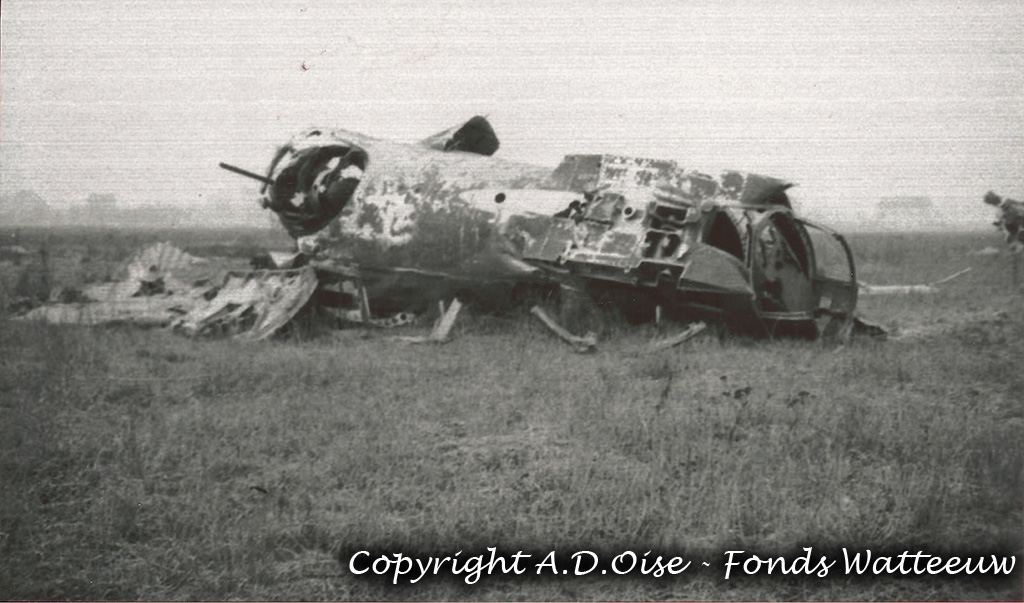
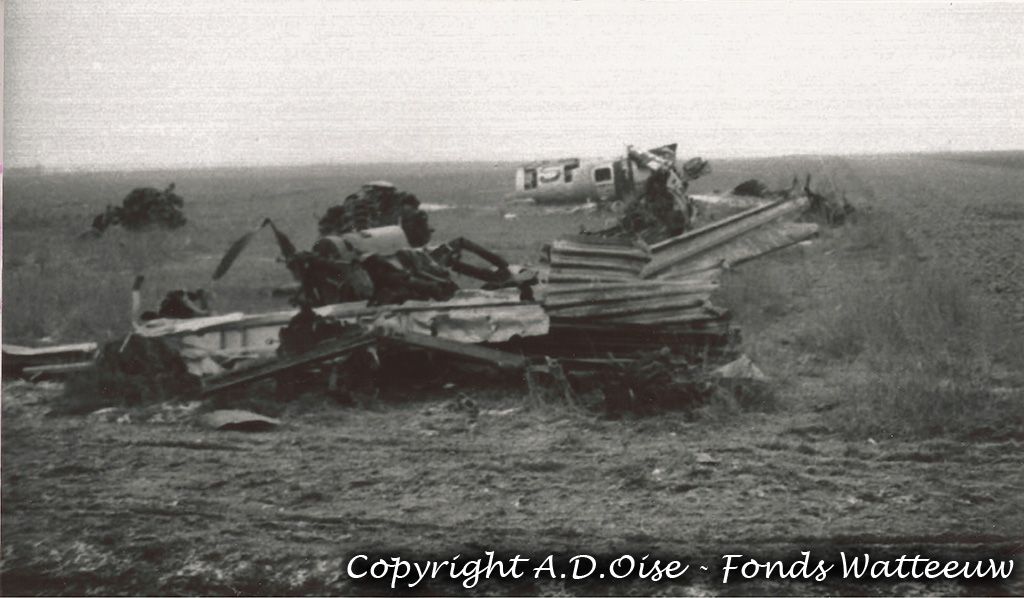
This terrible tragedy left an indelible mark on the life of 1st Lt. Alexander Cordes, who for a long time felt a sense of guilt at having been the sole survivor. But the very next day, he was back in the air, and soon back on missions. After the war, he continued his career as a commercial pilot with Northwest Airlines.
In the 2000s, a resident of Goincourt, Mr. Cocu, was surprised to find a bracelet in his garden bearing the serial number and name of Sgt. Thomas E. Lamb. On June 13, 2015, this bracelet was finally handed over to his descendants.
In 1996, a memorial was erected to commemorate the presence of the 322nd Bomb. Group from September 1944 to April 1945 was installed near the control tower at Beauvais-Tillé airport. Twenty years later, however, with the development of the airport area, the stele had become isolated and inaccessible to the public. For greater visibility, it was moved near the church in the village of Tillé and, on September 24, 2016, was unveiled in the presence of Mrs. Patricia Newcomer, daughter of Lieutenant-Colonel Henry Newcomer who commanded the 451st Bomb. Squadron at the time.
